Category: Brain
-
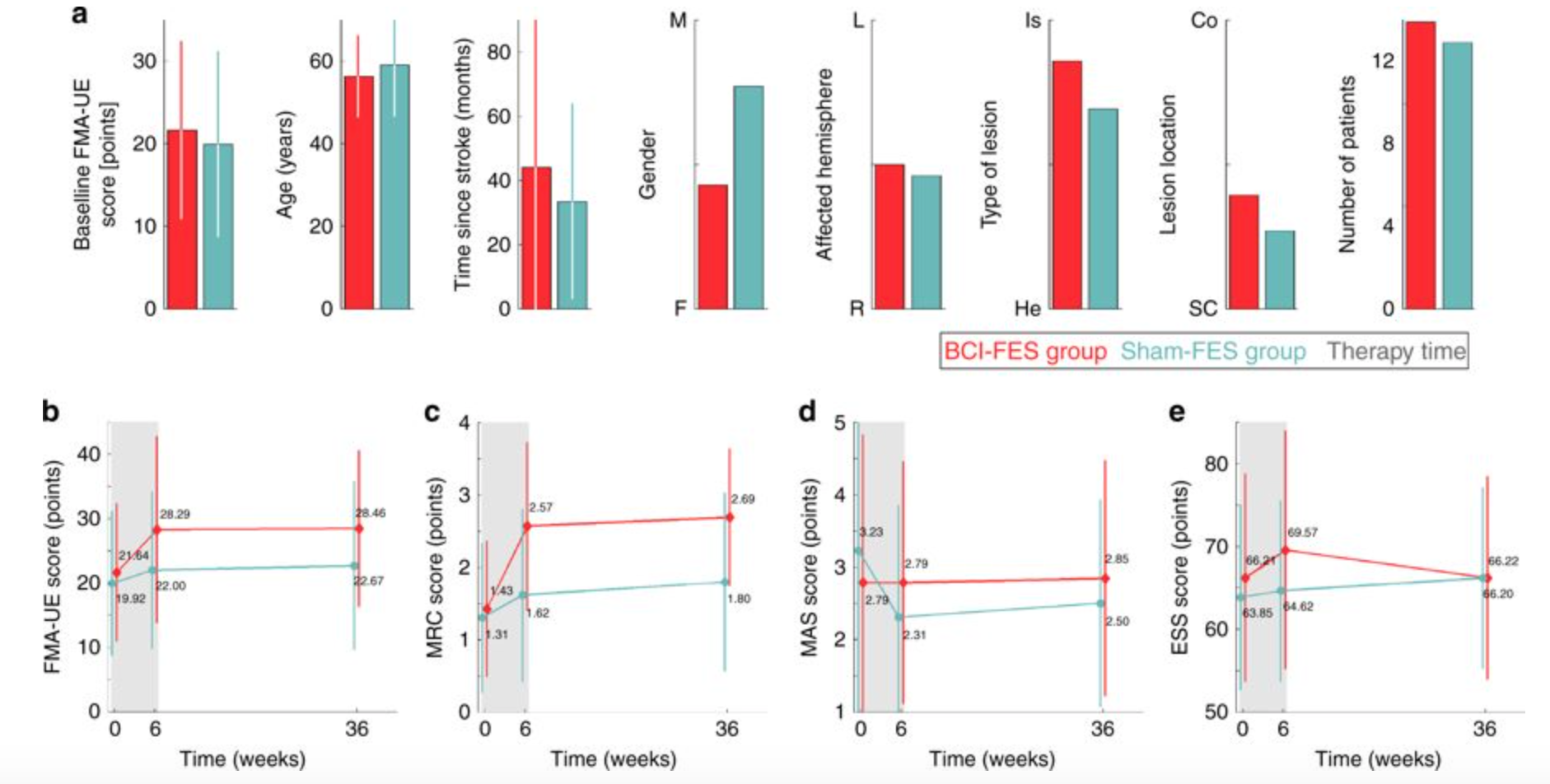
Combined BCI + FES system could improve stroke recovery
Jose Millan and EPFL colleagues have combined a brain computer interface with functional electrical stimulation in a system that, in a study, showed the ability to enhance the restoration of limb use after a stroke. According to Millan: “The key is to stimulate the nerves of the paralyzed arm precisely when the stroke-affected part of…
-

Tony Chahine on human presence, reimagined | ApplySci @ Stanford
Myant‘s Tony Chahine reimagined human presence at ApplySci’s recent Wearable Tech + Digital Health + Neurotech conference at Stanford: Join ApplySci at the 9th Wearable Tech + Digital Health + Neurotech Boston conference on September 24, 2018 at the MIT Media Lab. Speakers include: Rudy Tanzi – Mary Lou Jepsen – George Church – Roz Picard –…
-
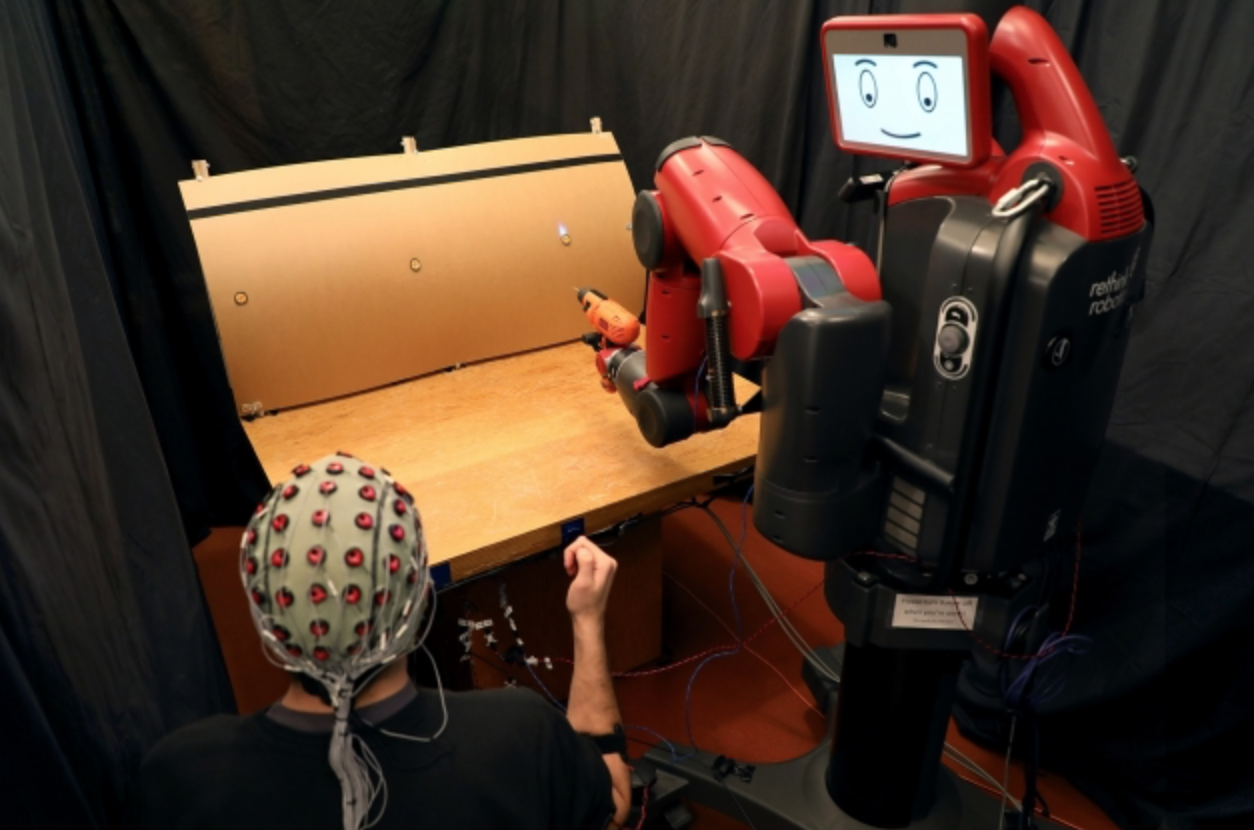
Thought, gesture-controlled robots
MIT CSAIL’s Daniela Rus has developed an EEG/EMG robot control system based on brain signals and finger gestures. Building on the team’s previous brain-controlled robot work, the new system detects, in real-time, if a person notices a robot’s error. Muscle activity measurement enables the use of hand gestures to select the correct option. According to…
-
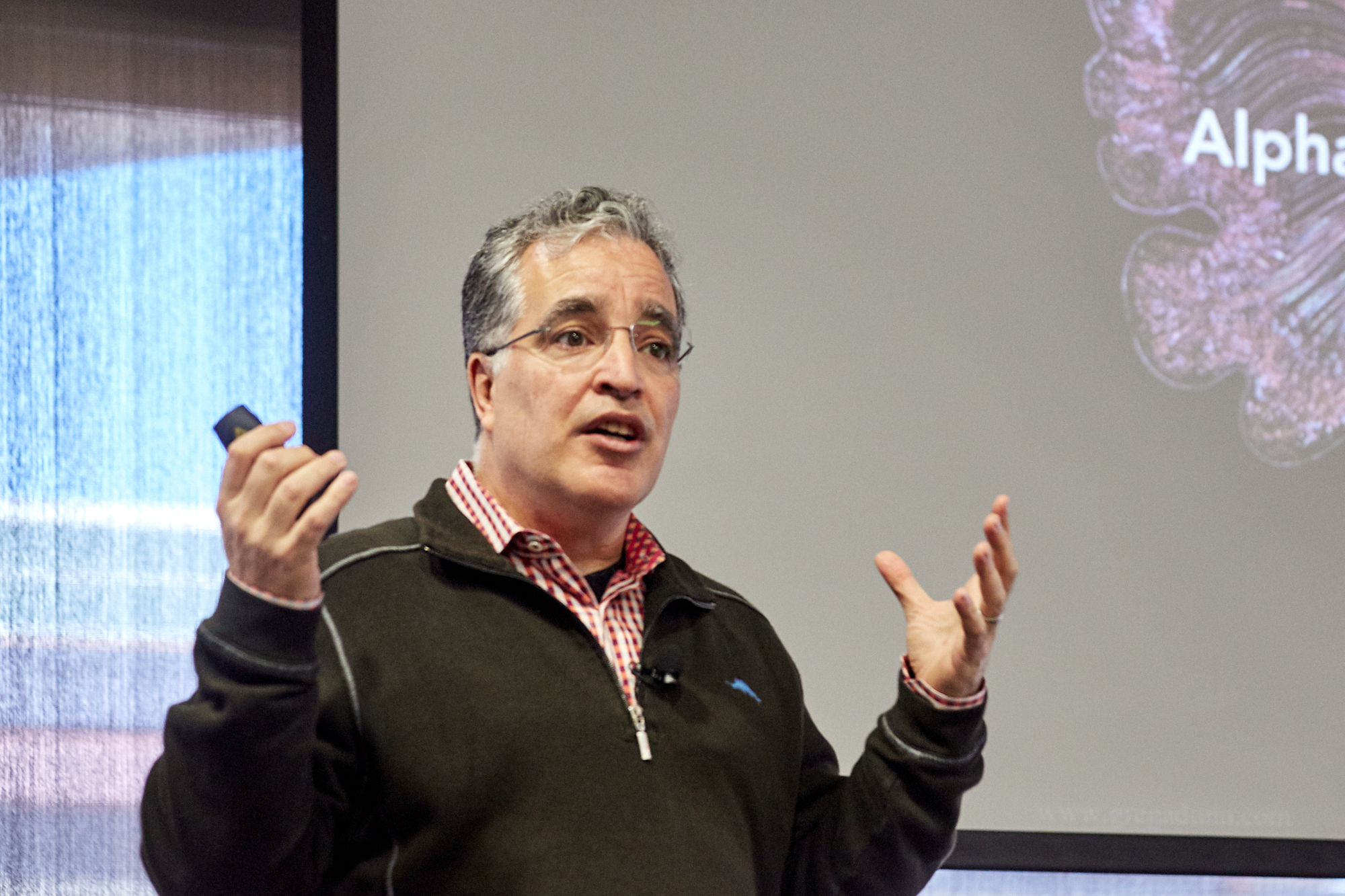
Phillip Alvelda: More intelligent; less artificial | ApplySci @ Stanford
Phillip Alvelda discussed AI and the brain at ApplySci’s recent Wearable Tech + Digital Health + Neurotech Silicon Valley conference at Stanford: Dr. Alvelda will join us again at Wearable Tech + Digital Health + Neurotech Boston, on September 24, 2018 at the MIT Media Lab. Other speakers include: Rudy Tanzi – Mary Lou Jepsen – George Church…
-
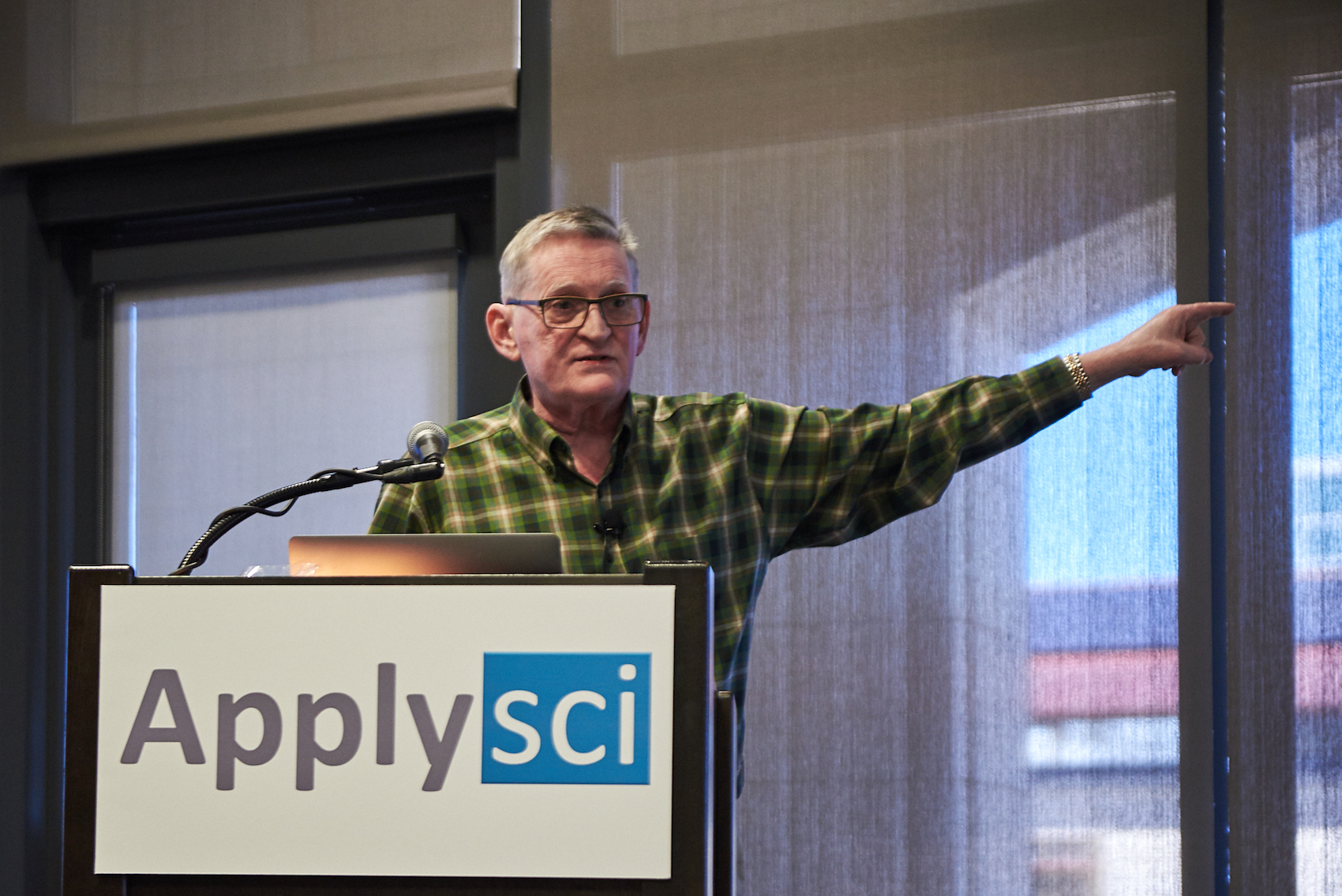
Bob Knight on decoding language from direct brain recordings | ApplySci @ Stanford
Berkeley’s Bob Knight discussed (and demonstrated) decoding language from direct brain recordings at ApplySci’s recent Wearable Tech + Digital Health + Neurotech Silicon Valley at Stanford: Join ApplySci at the 9th Wearable Tech + Digital Health + Neurotech Boston conference on September 24, 2018 at the MIT Media Lab. Speakers include: Rudy Tanzi – Mary Lou Jepsen – George…
-
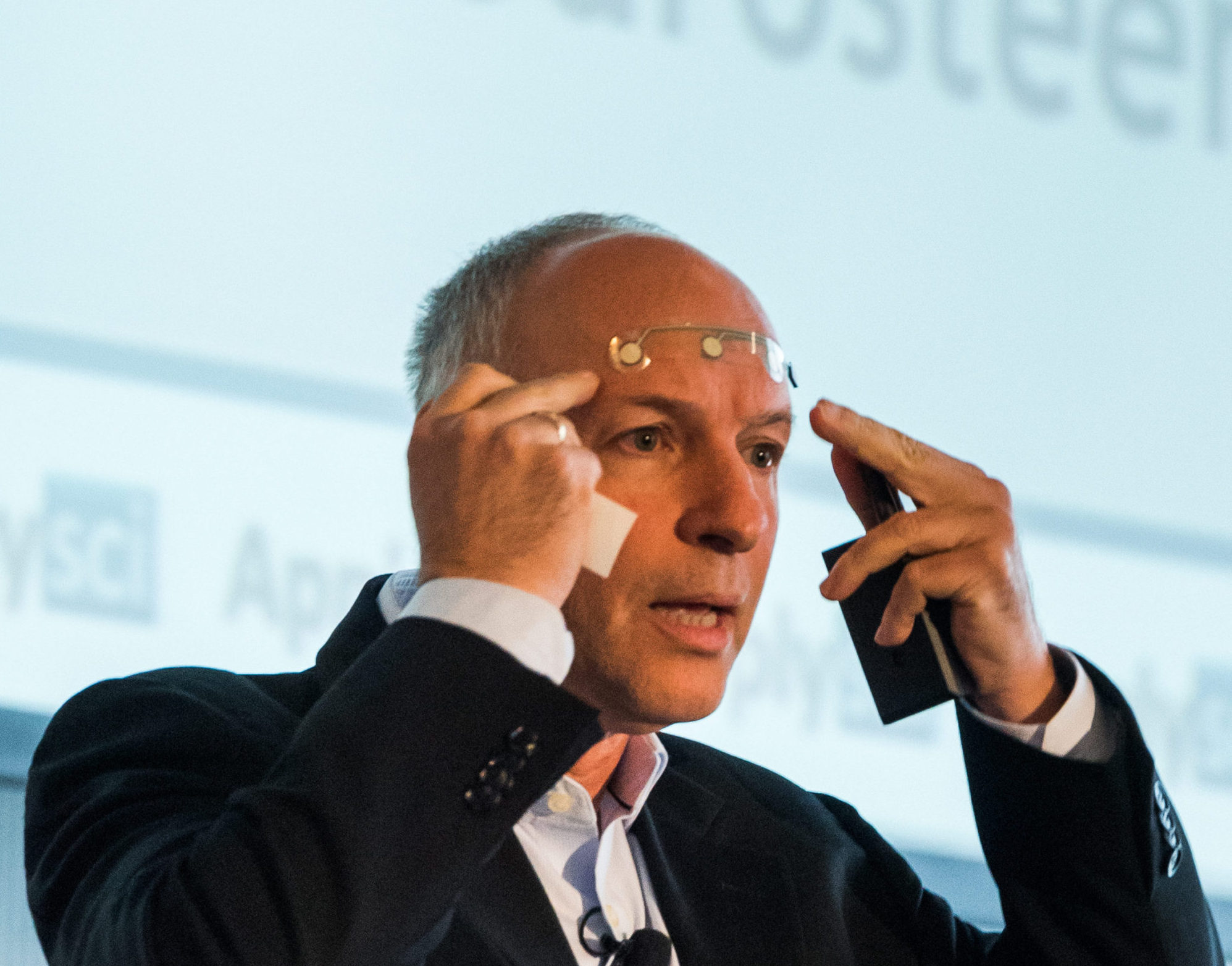
Nathan Intrator on epilepsy, AI, and digital signal processing | ApplySci @ Stanford
Nathan Intrator discussed epilepsy, AI and digital signal processing at ApplySci’s Wearable Tech + Digital Health + Neurotech Silicon Valley conference on February 26-27, 2018 at Stanford University: Join ApplySci at the 9th Wearable Tech + Digital Health + Neurotech Boston conference on September 24, 2018 at the MIT Media Lab. Speakers include: Mary Lou…
-
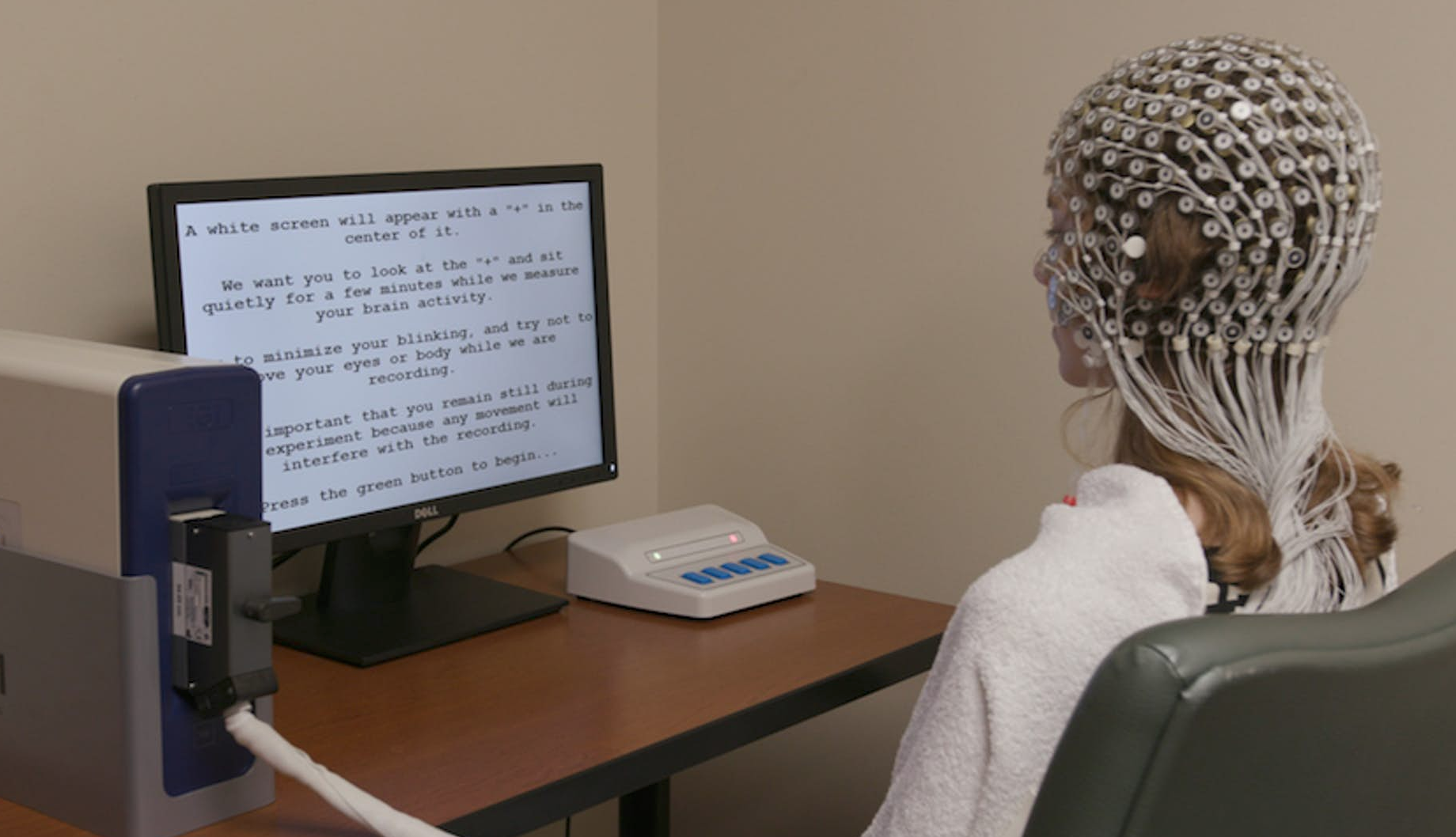
EEG determines SSRI effectiveness in depression
UT Southwestern researchers are using EEG to determine whether an SSRI would effectively treat a person’s depression. Part of the EMBARC project, the study tracked 300 depressed patients who were given an 8 week course of an SSRI or a placebo. EEG recordings were taken before and after the trial. Higher rACC theta activity before treatment…
-
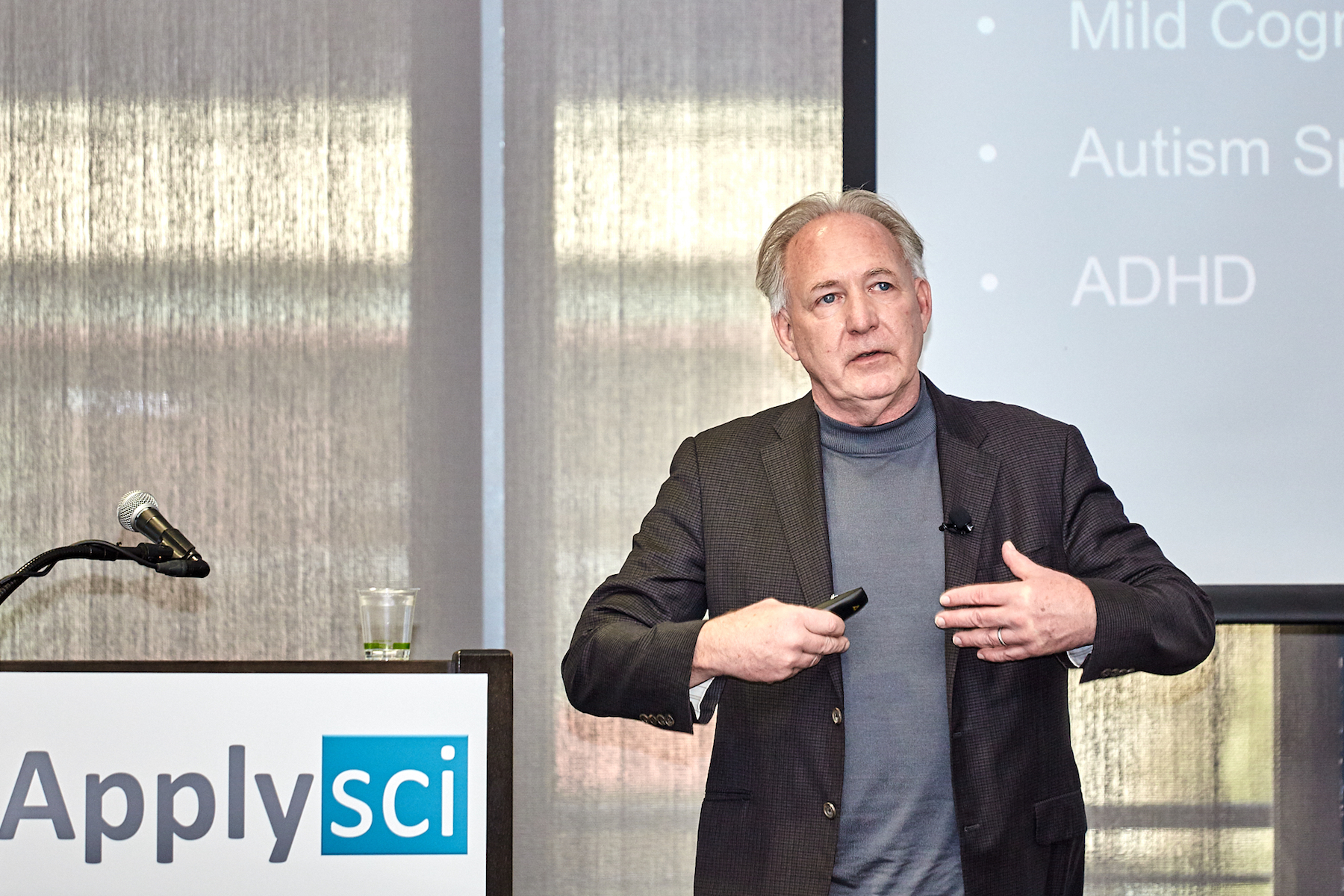
Walter Greenleaf on medical applications of VR and AR | ApplySci @ Stanford
Walter Greenleaf discussed medical applications of VR and AR technology at ApplySci’s Wearable Tech + Digital Health + Neurotech Silcon Valley conference at Stanford University on February 26-27, 2018: Join ApplySci at the 9th Wearable Tech + Digital Heath + Neurotech Boston conference on September 24, 2018 at the MIT Media Lab
-

Gait sensor could detect Alzheimer’s, identify fall risk
Newcastle University’s Lynn Rochester has studied the use of wearable sensors to identify walking characteristics as clinical biomarkers for Alzheimer’s Disease. The same sensors can detect gait changes that require intervention to prevent falls and prolong independence. According to Rochester, “free-living gait analysis at home is particularly useful as it allows objective observation of an…
-
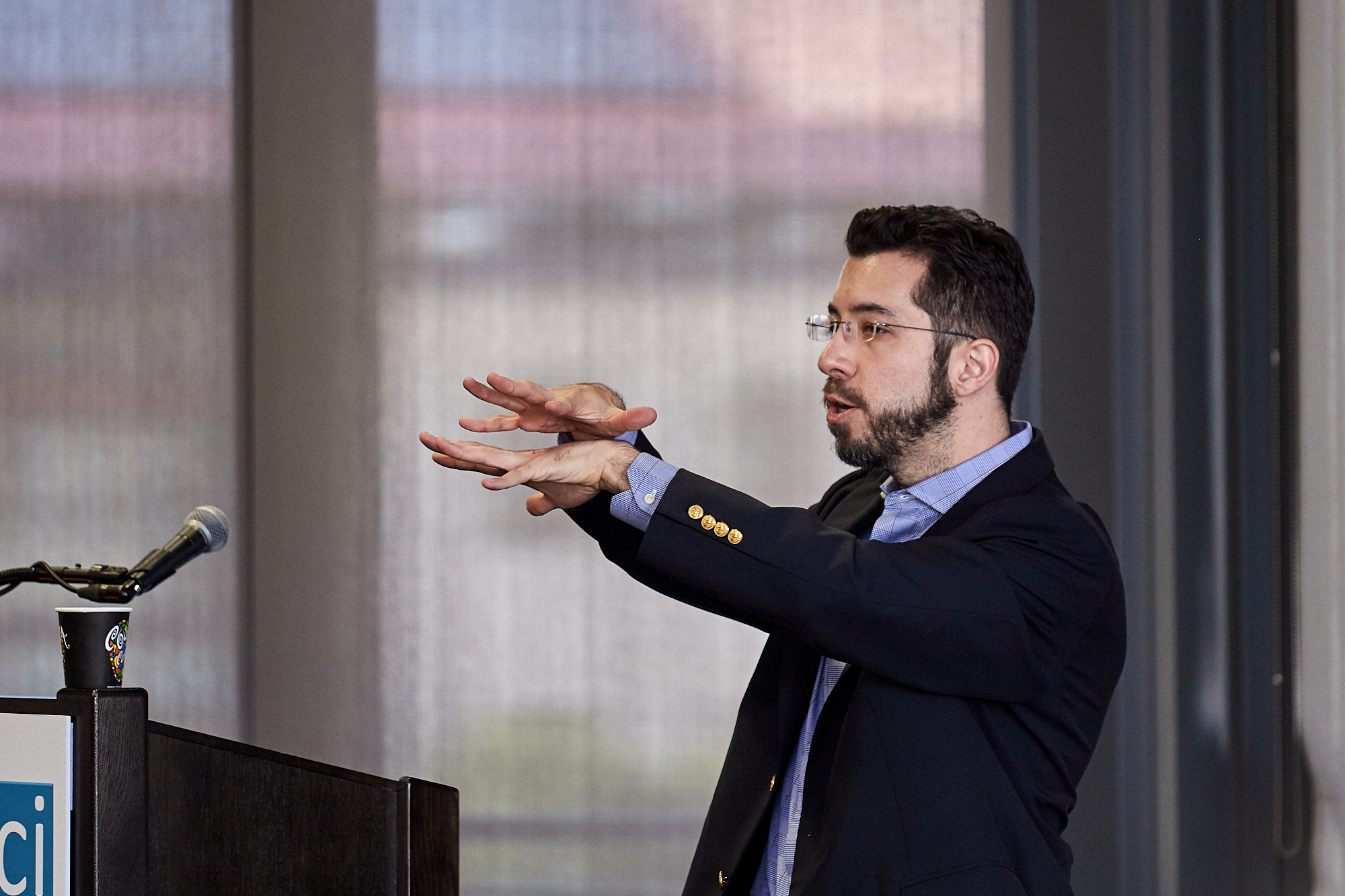
Ed Boyden on tools for mapping, repairing brain circuitry | ApplySci @ Stanford
Ed Boyden discussed tools for mapping and repairing brain surgery at ApplySci’s Wearable Tech + Digital Health + Neurotech Silicon Valley conference. Recorded on February 26-27, 2018 at Stanford University Join ApplySci at the 9th Wearable Tech + Digital Health + Neurotech Boston conference on September 24, 2018 at the MIT Media Lab
-
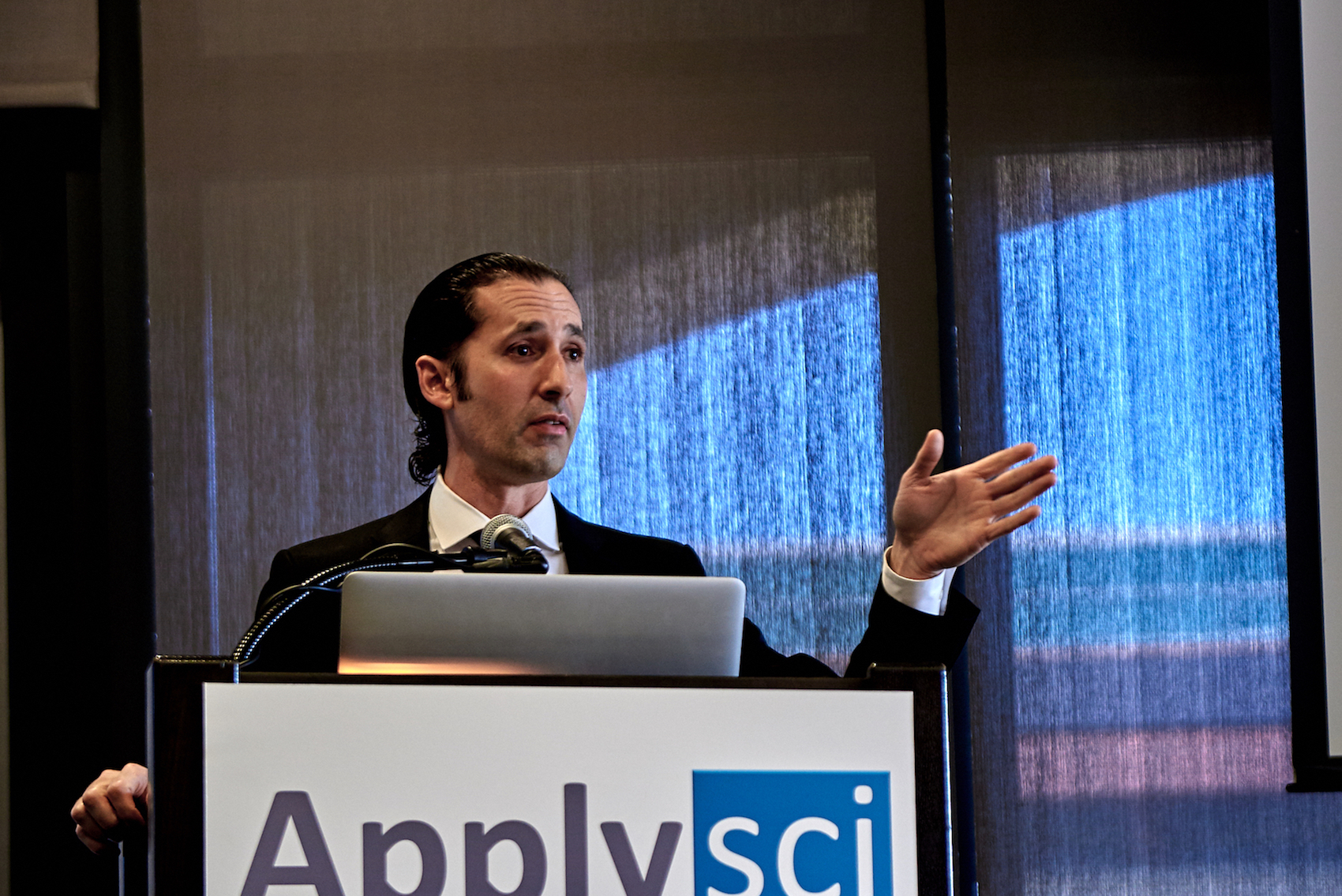
DARPA’s Justin Sanchez on driving and reshaping biotechnology | ApplySci @ Stanford
DARPA Biological Technologies Office Director Dr. Justin Sanchez on driving and reshaping biotechnology. Recorded at ApplySci’s Wearable Tech + Digital Health + Neurotech Silicon Valley conference on February 26-27, 2018 at Stanford University. Join ApplySci at the 9th Wearable Tech + Digital Health + Neurotech Boston conference on September 25, 2018 at the MIT Media…
-

Brain sensor monitors cytokines
Macquarie University’s Kaixin Zhang and Ewa Goldys have developed a sensor that detects cytokines in the living brain. The signaling molecules, secreted by glia cells, affect mood, cognition and behavior. The optical fiber sensor’s surface is treated with a capture protein that monitors the release of cytokine molecules in discrete and targeted parts of the brain. The goal is…